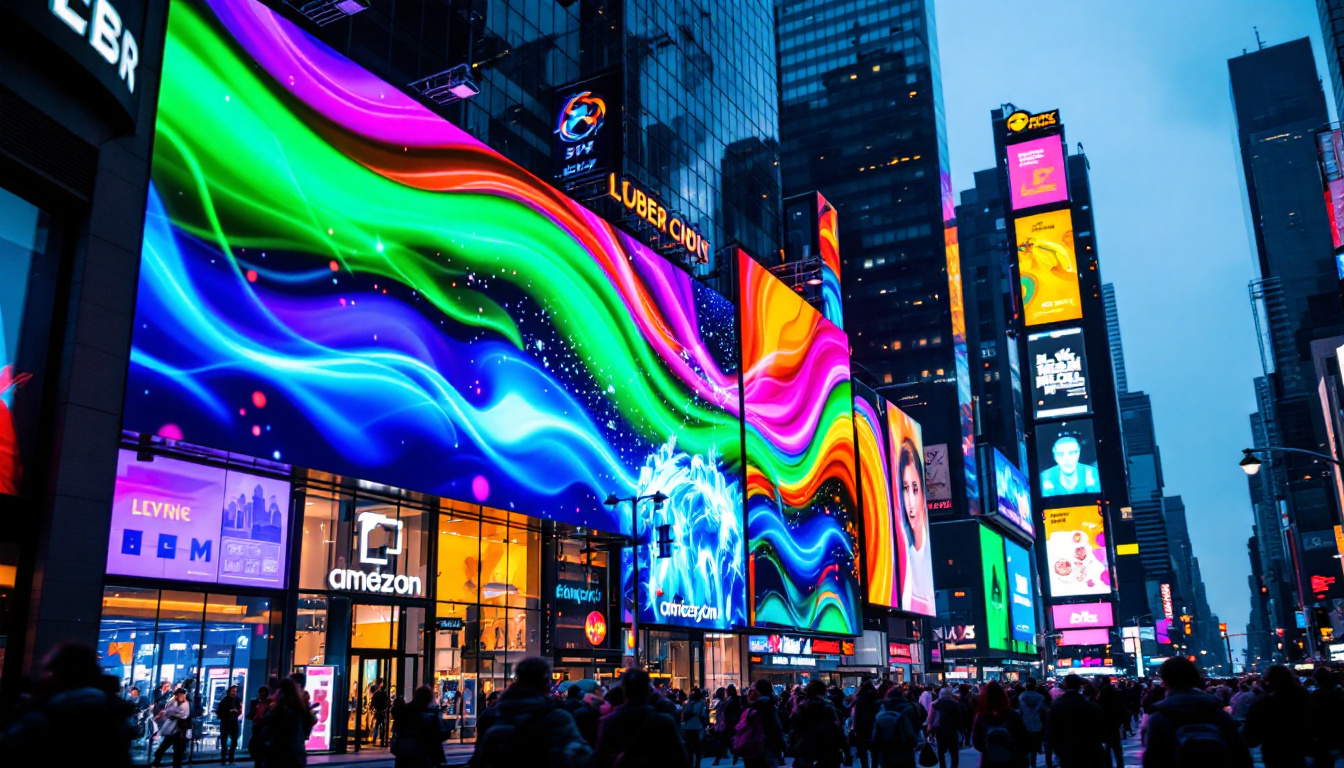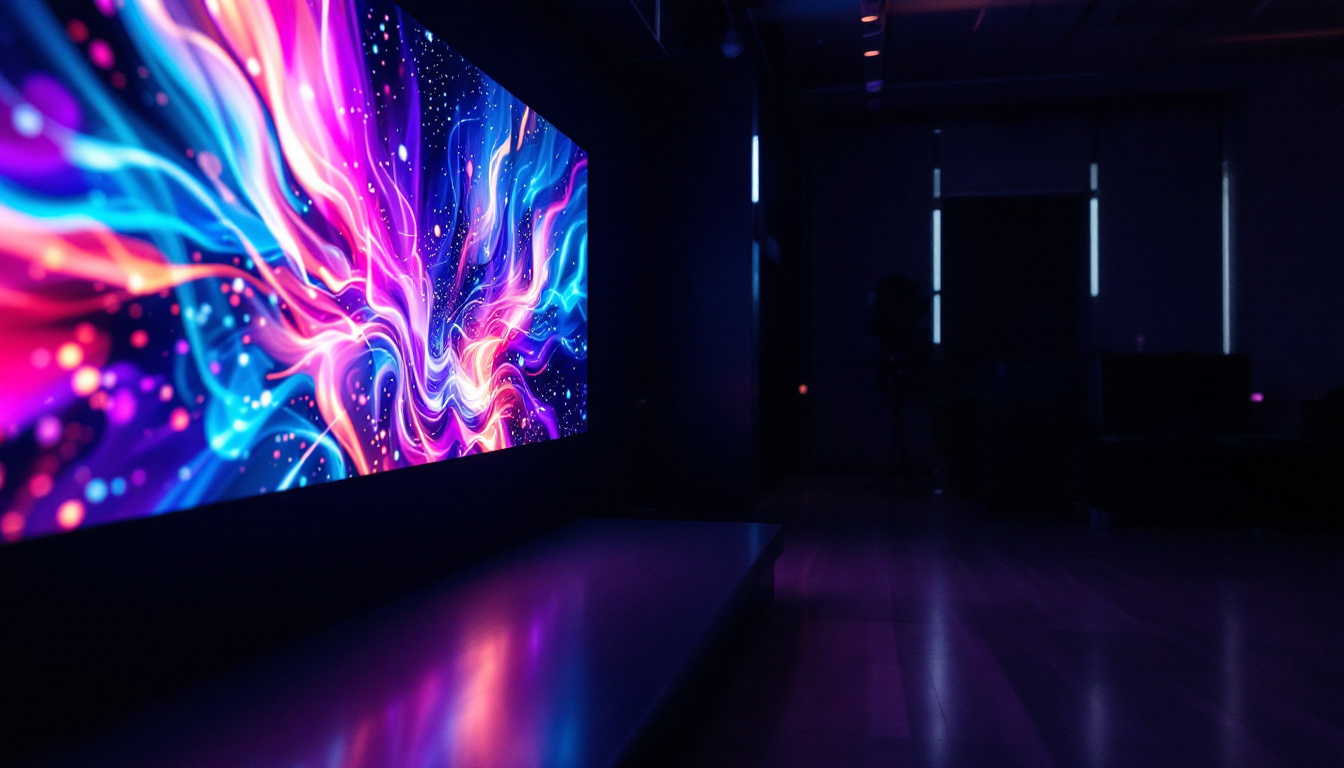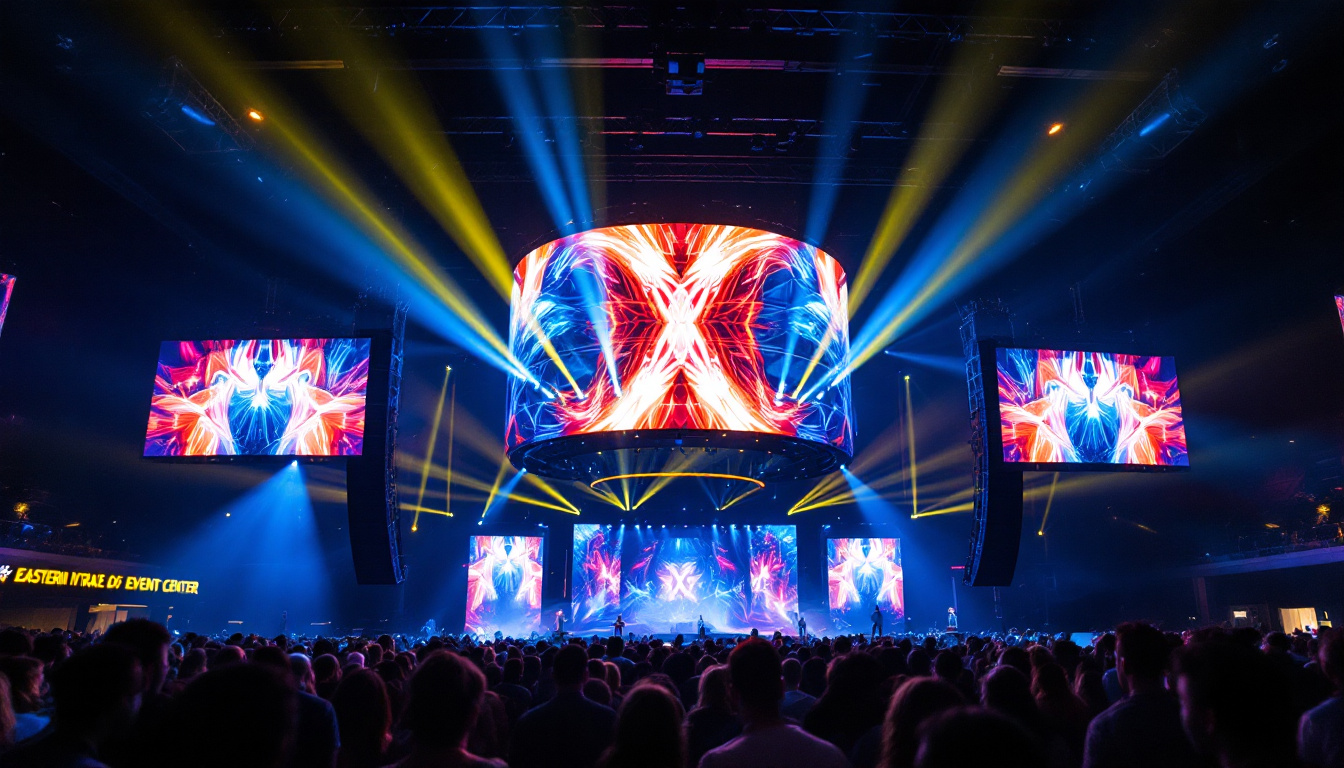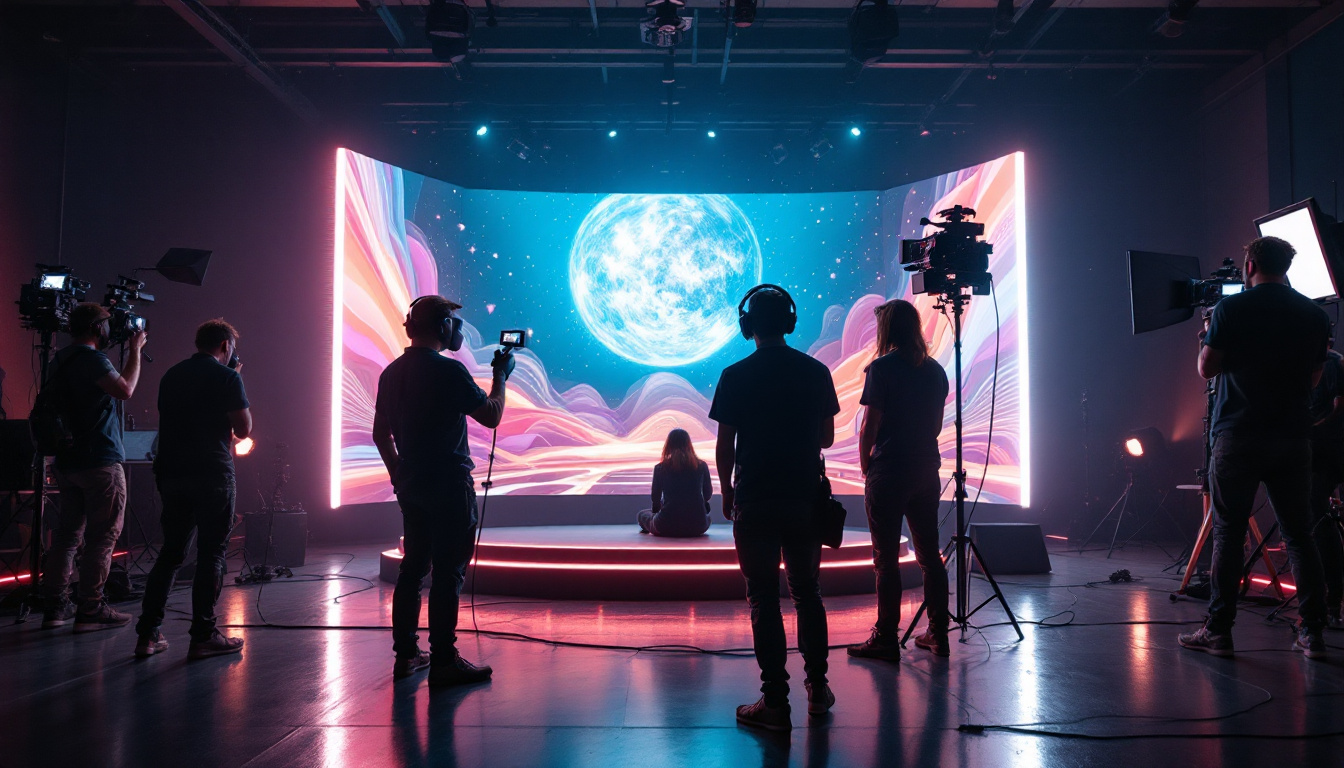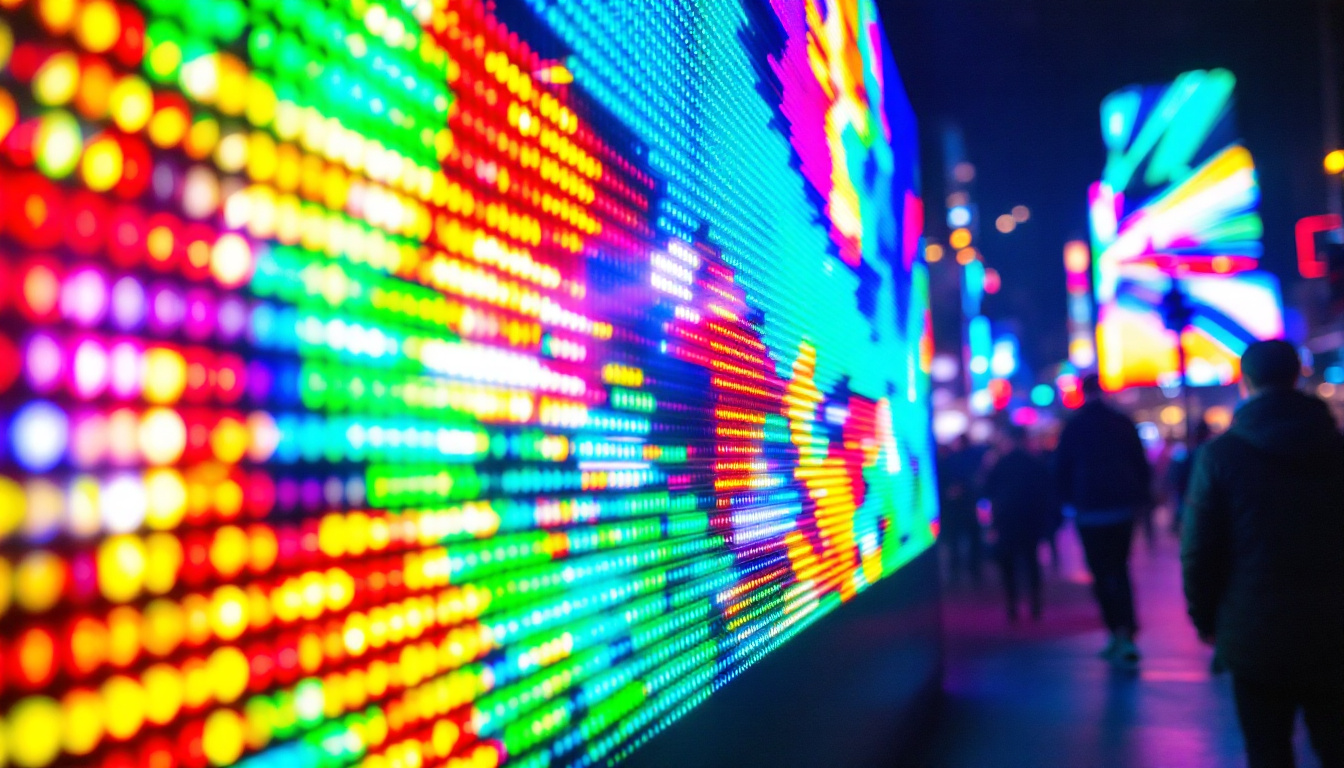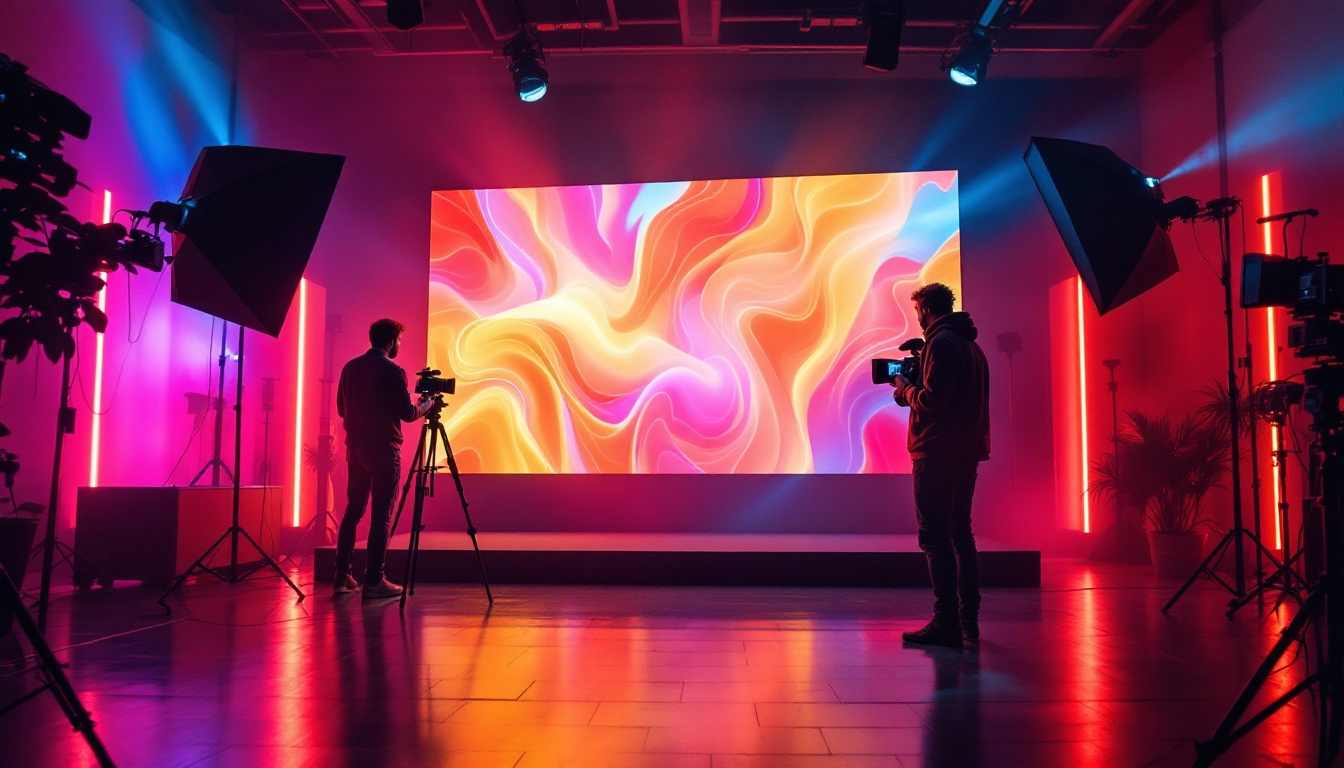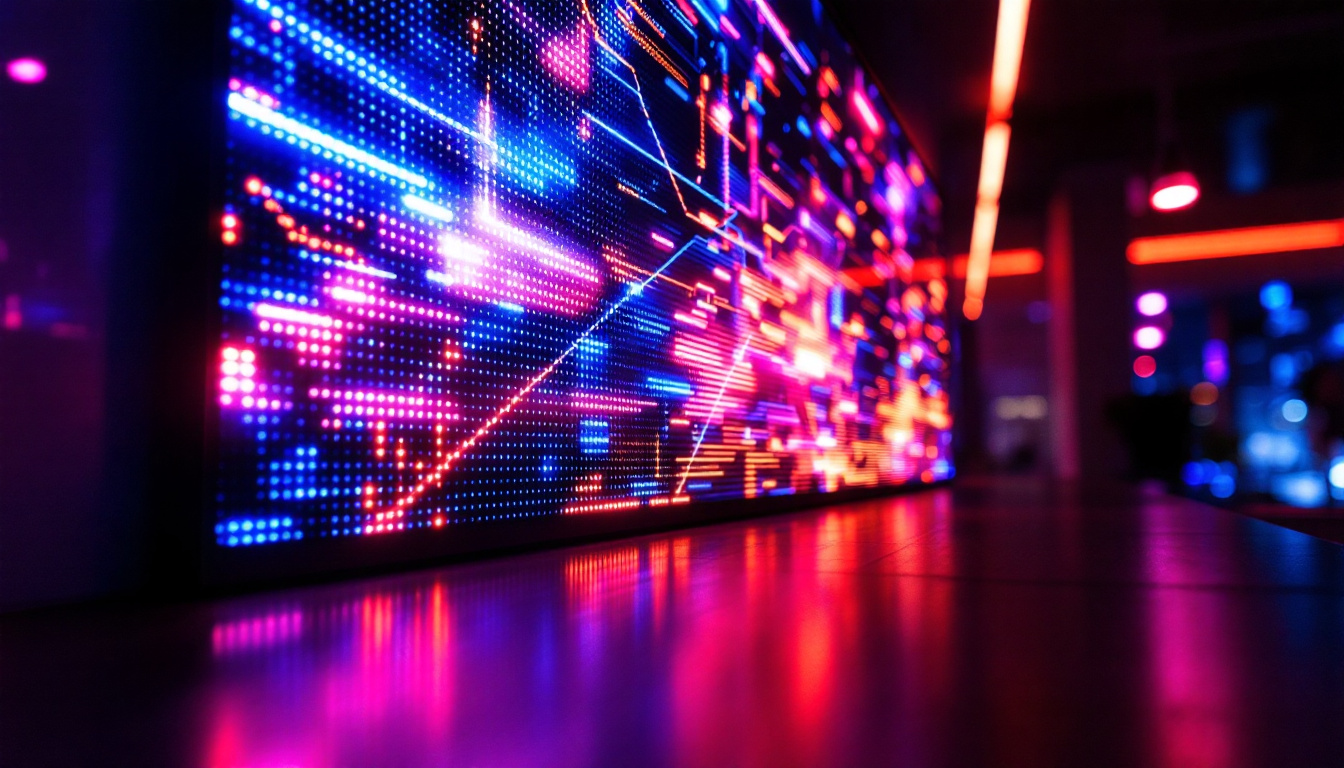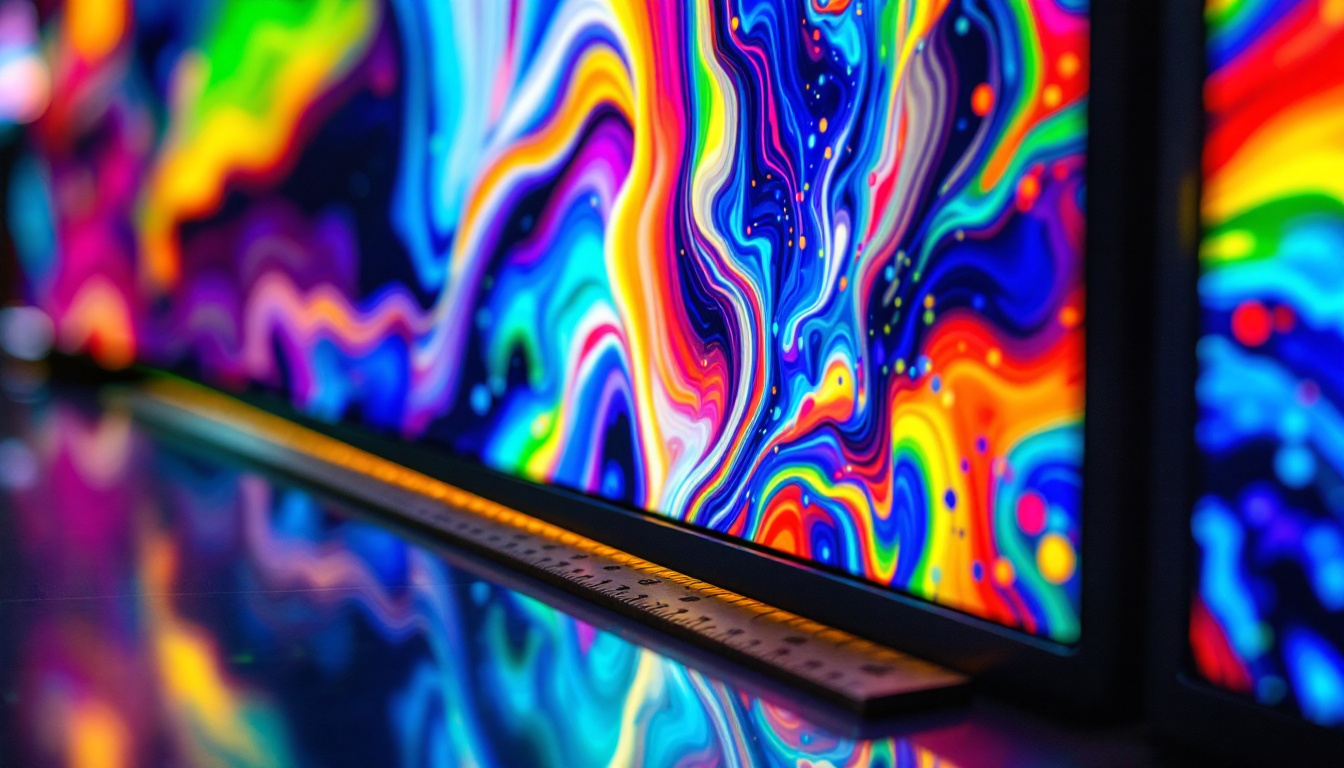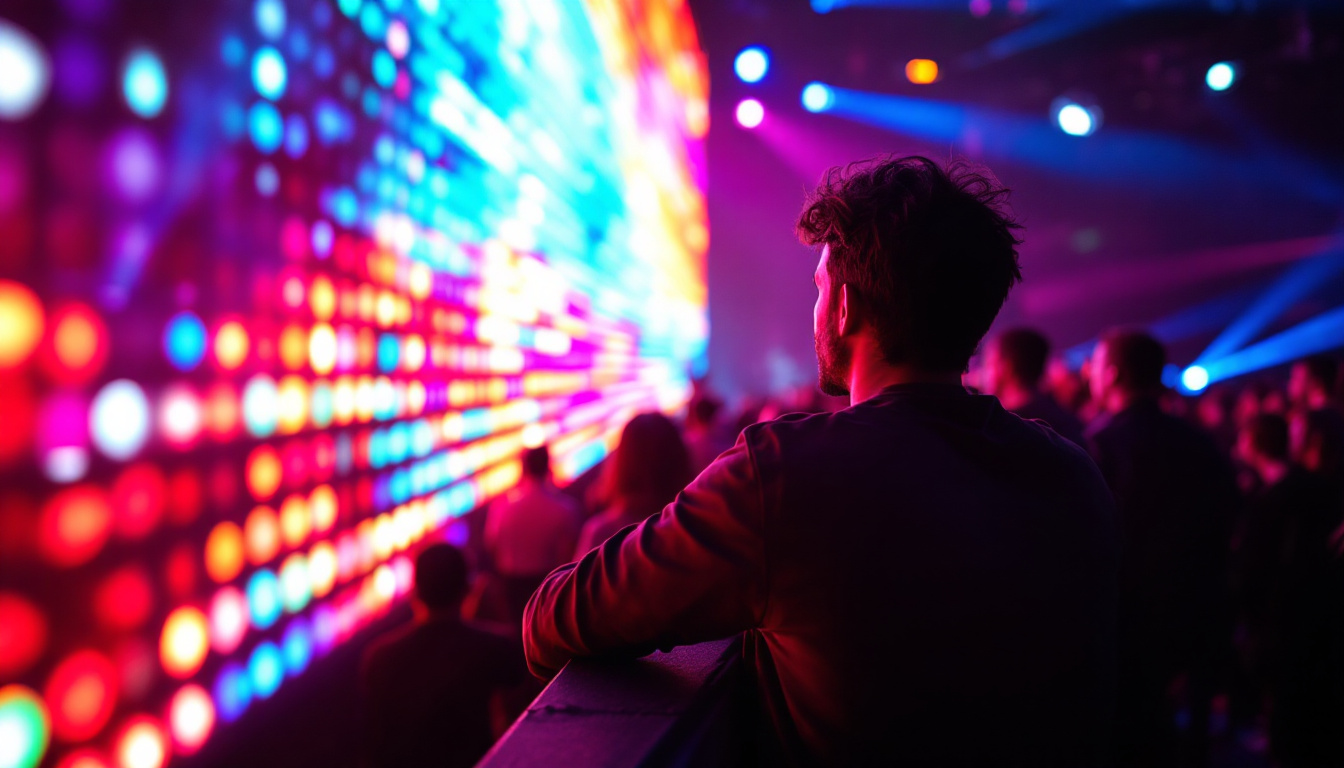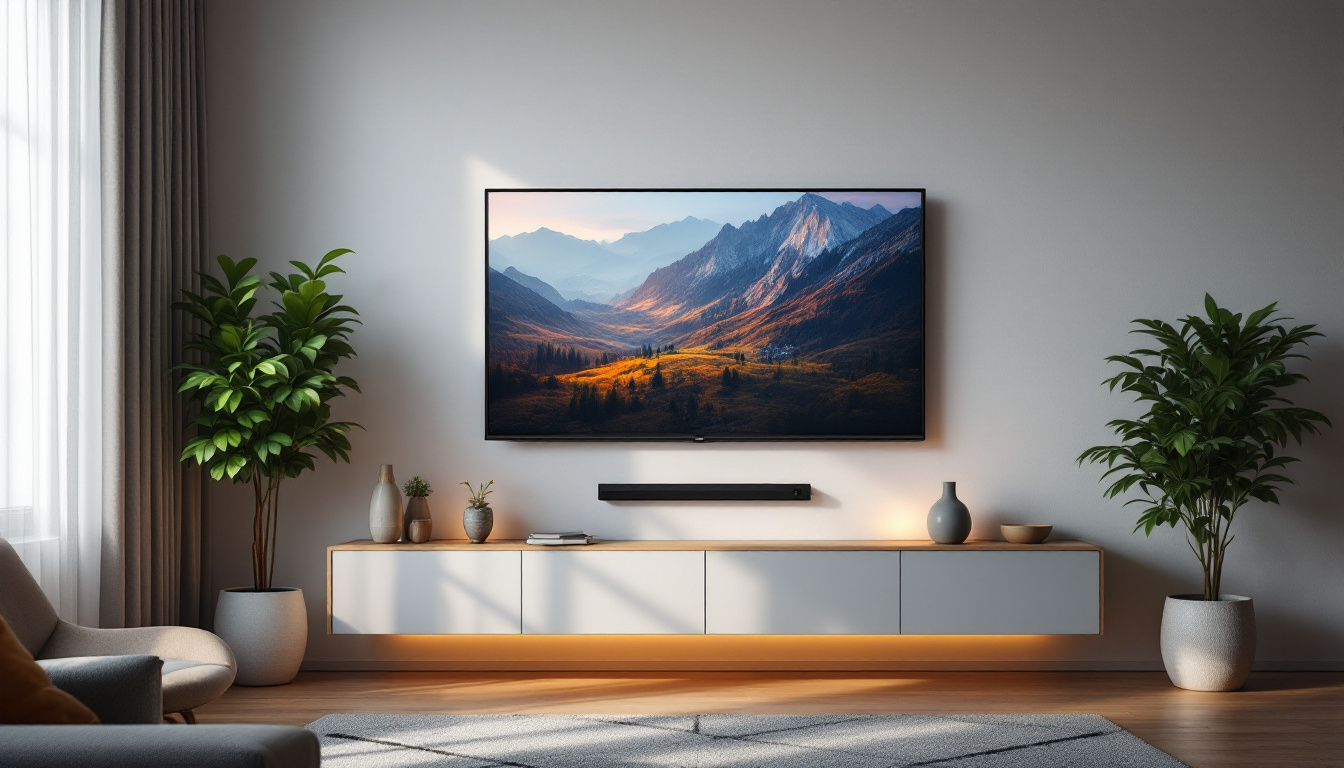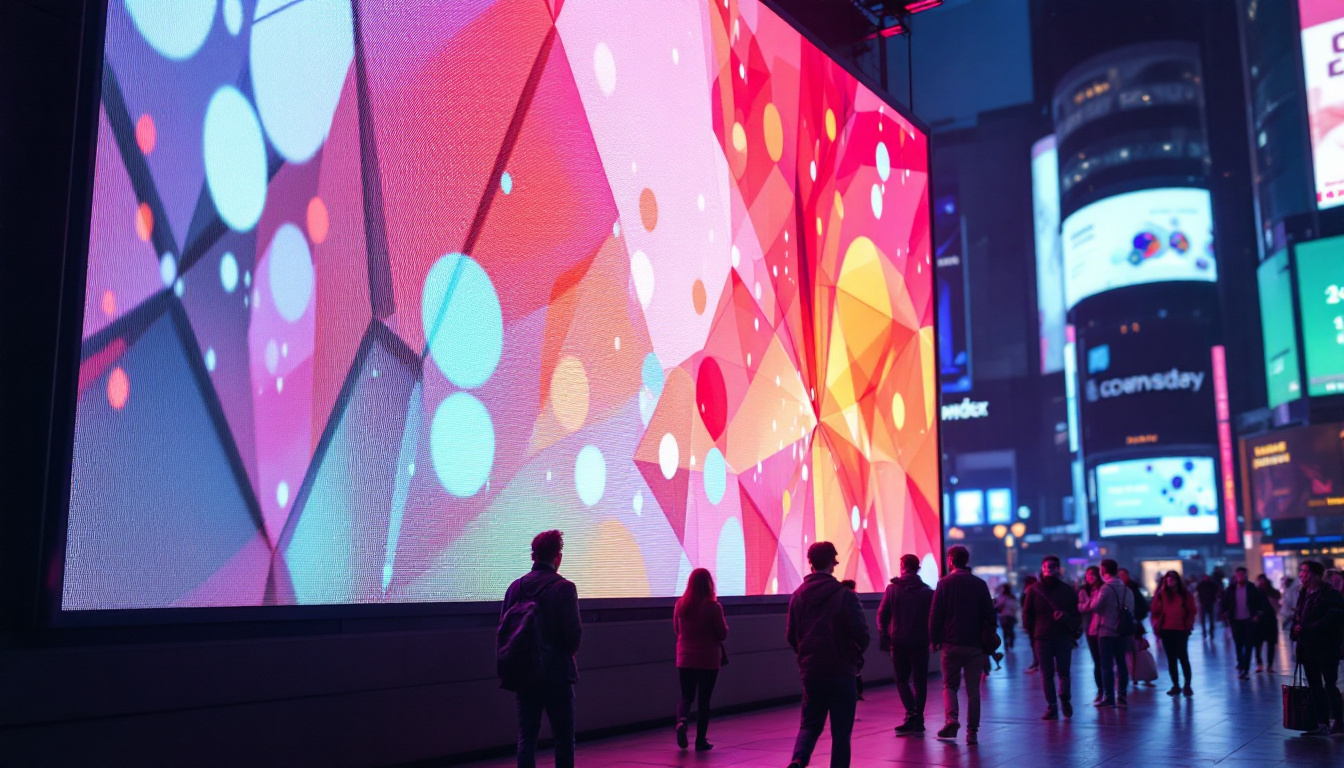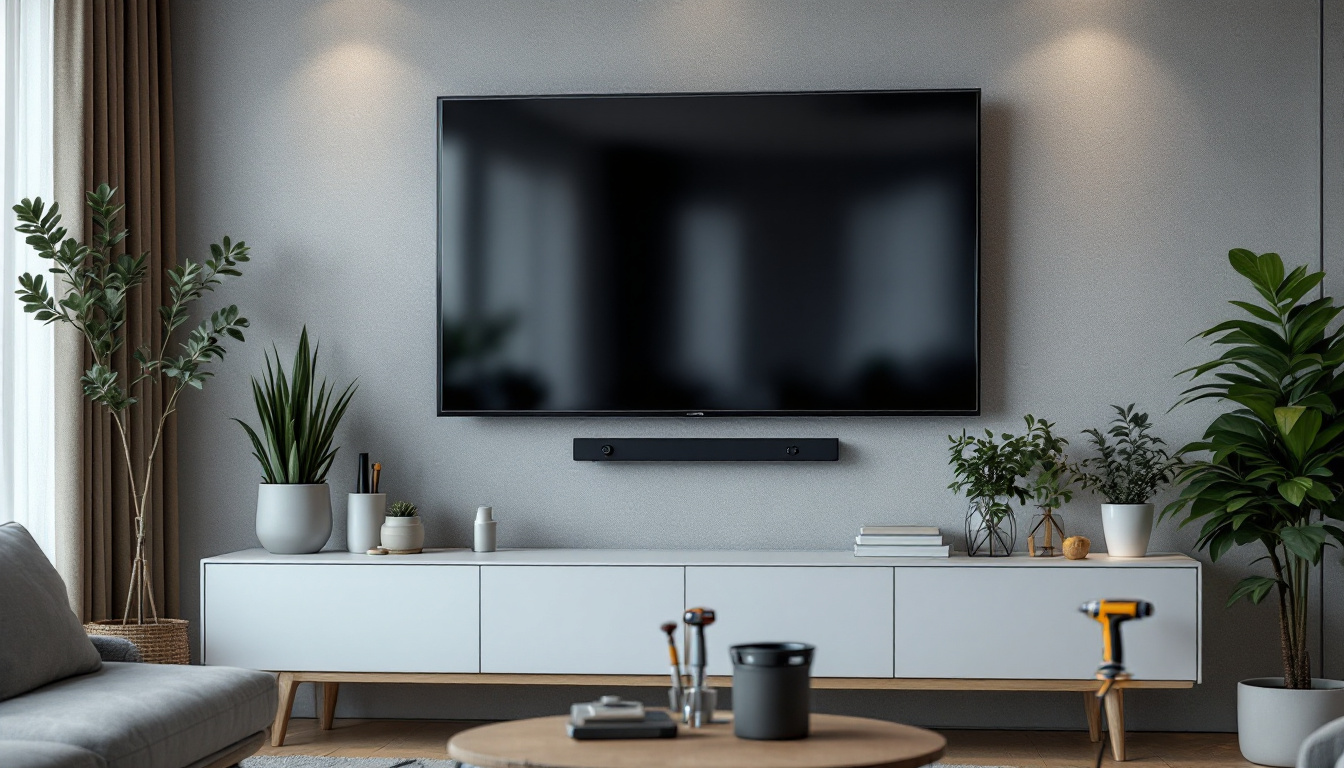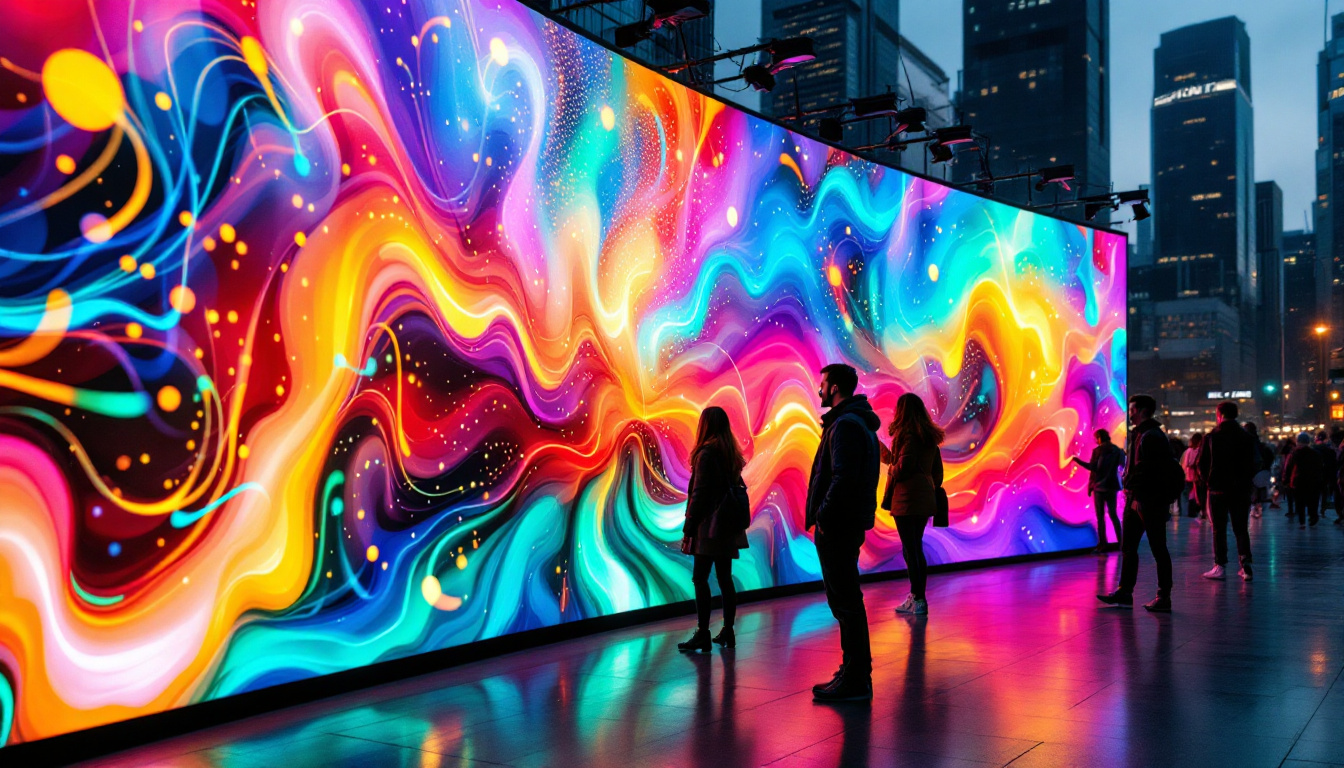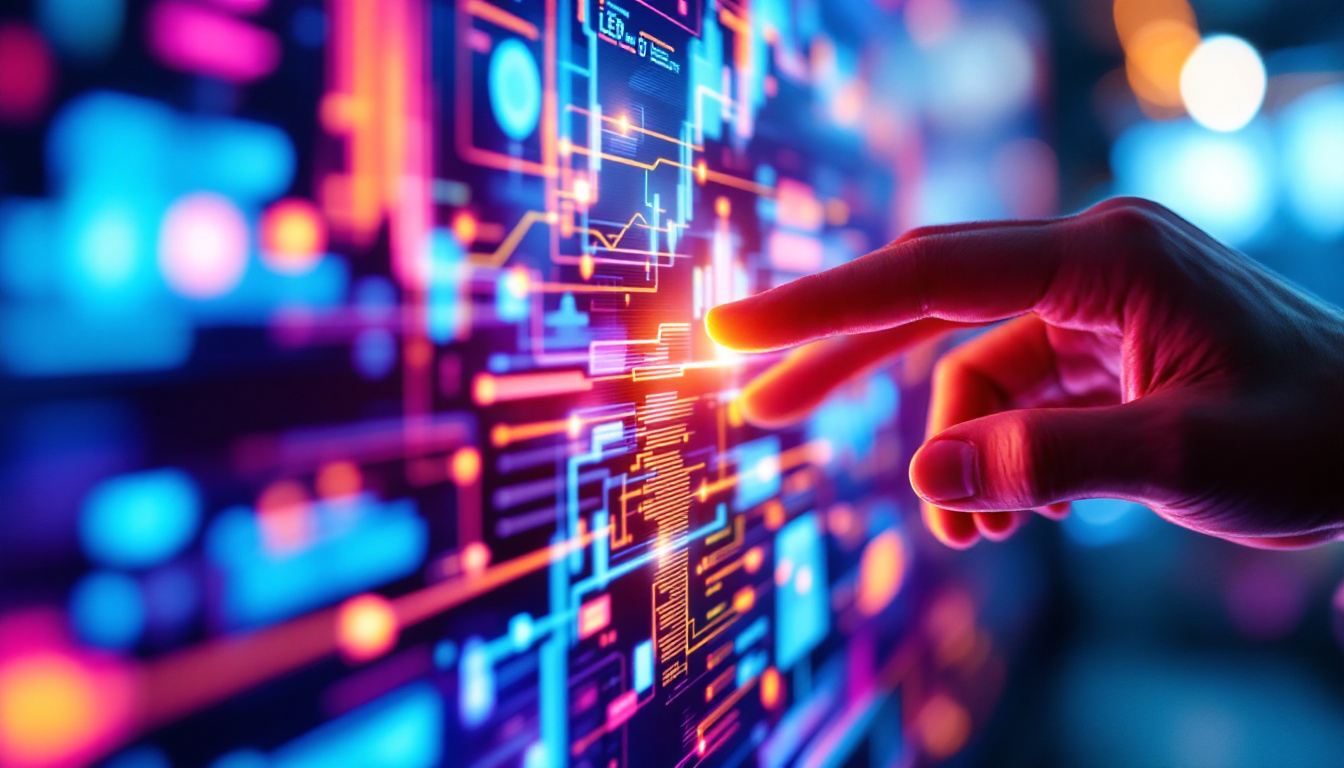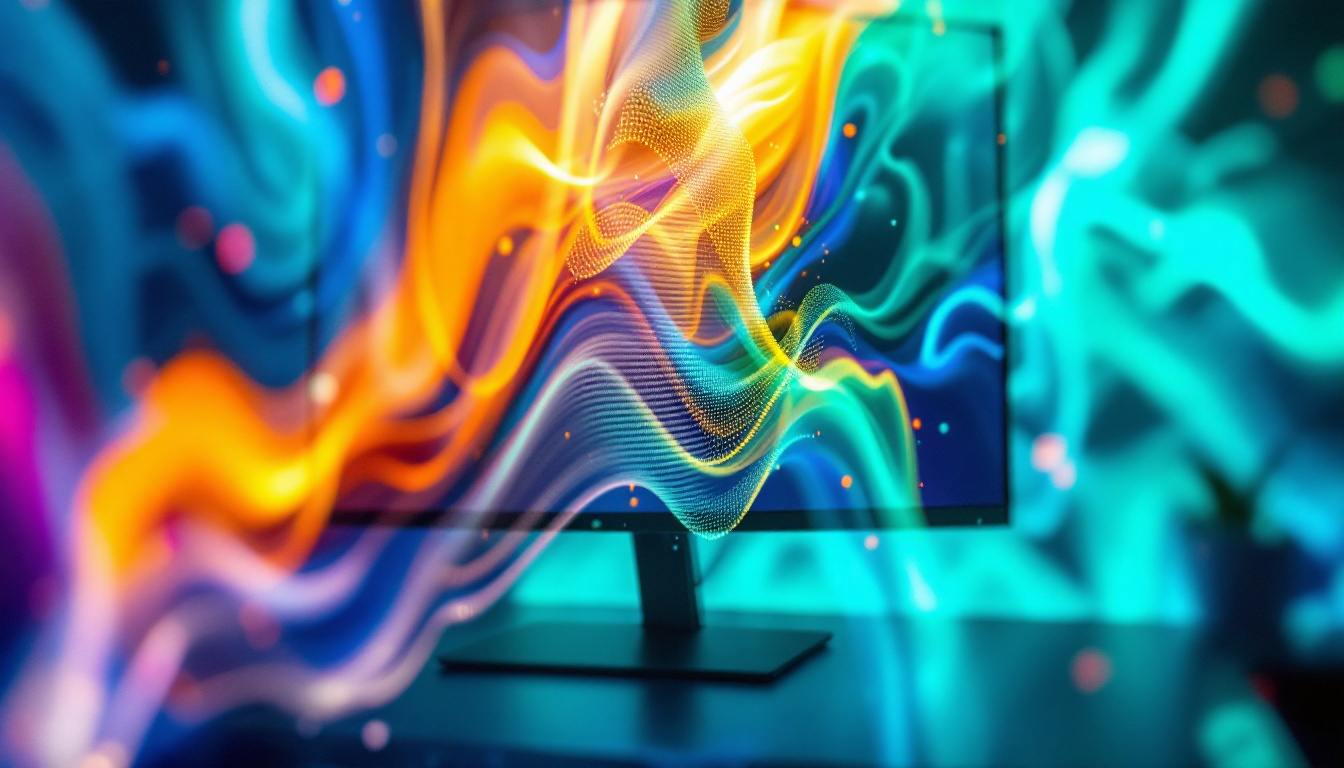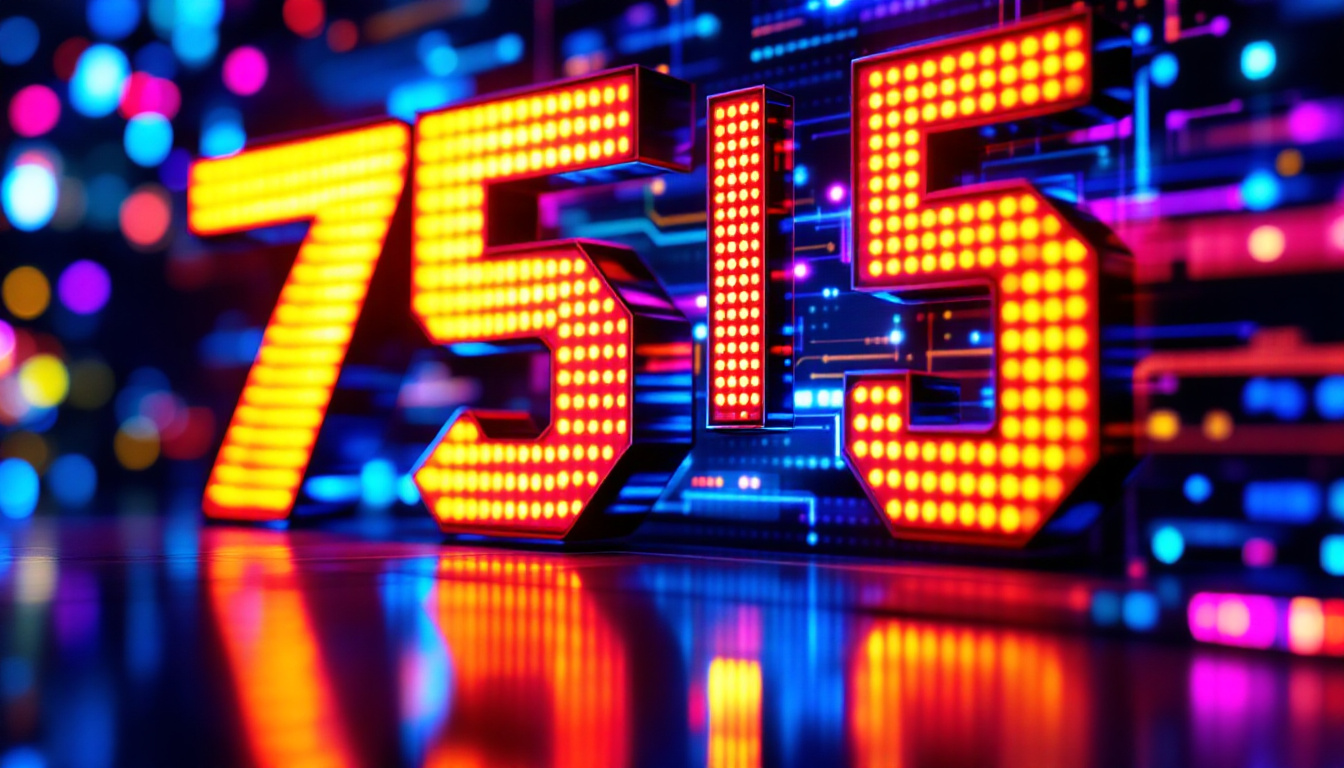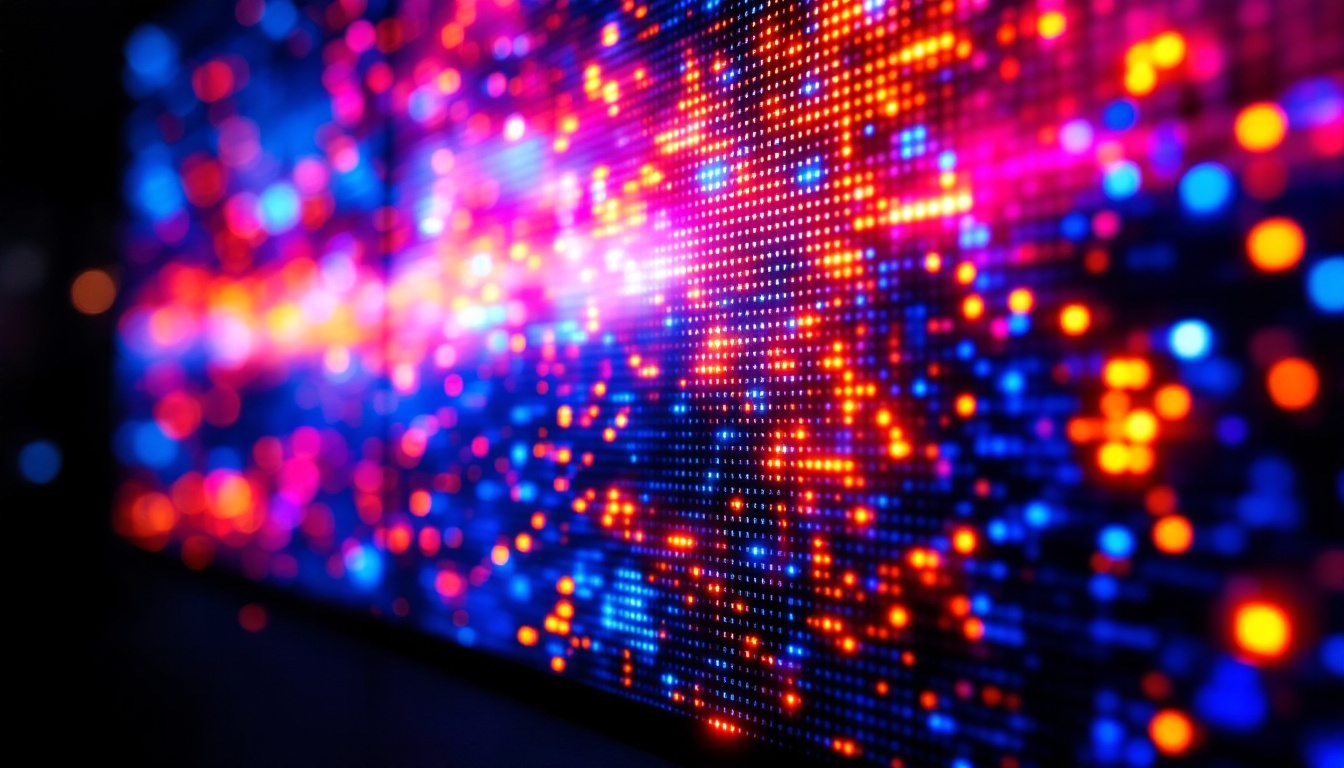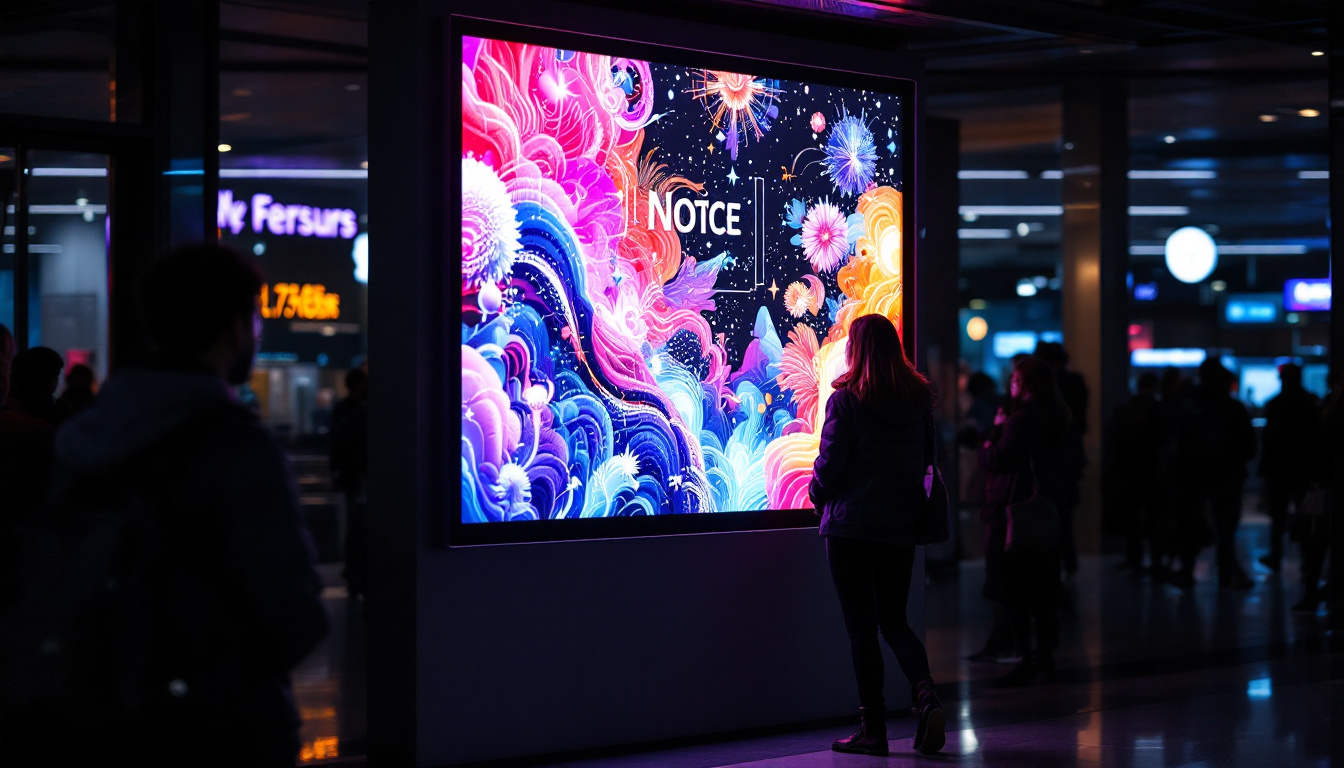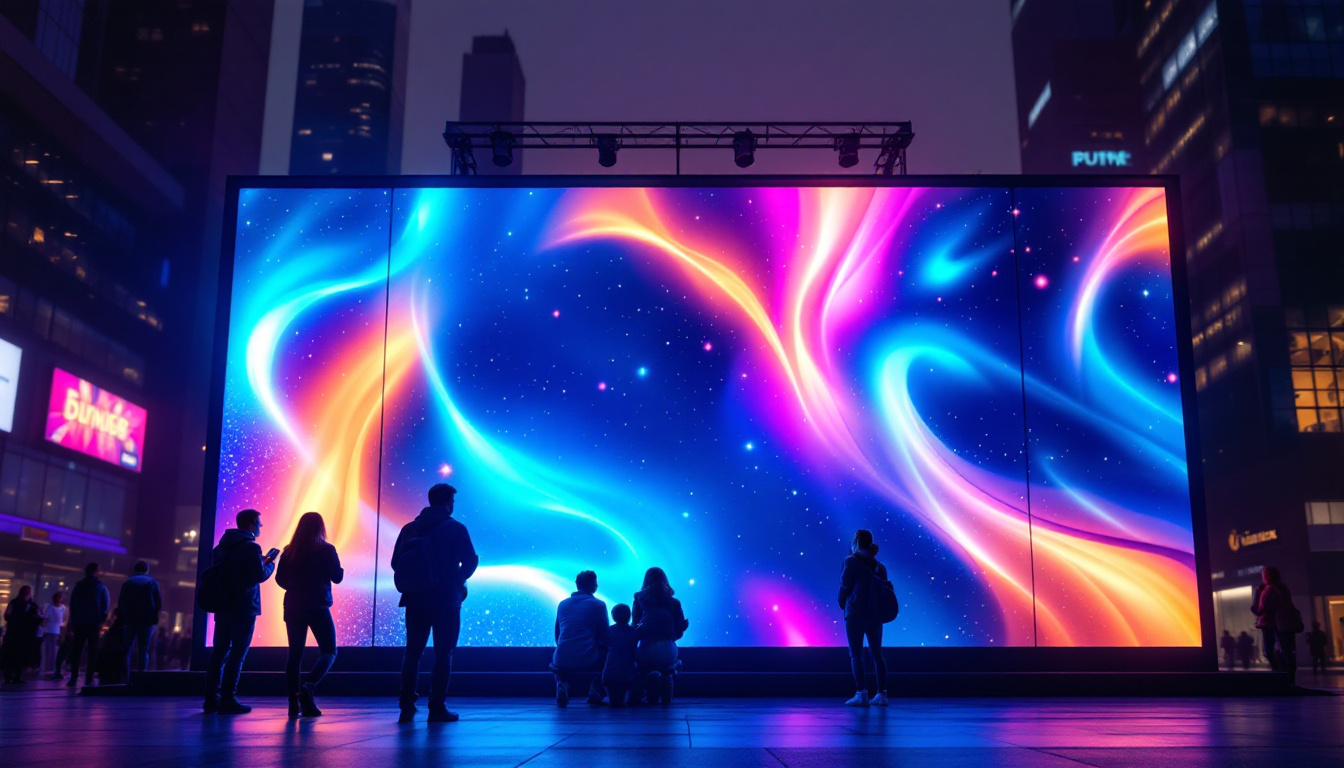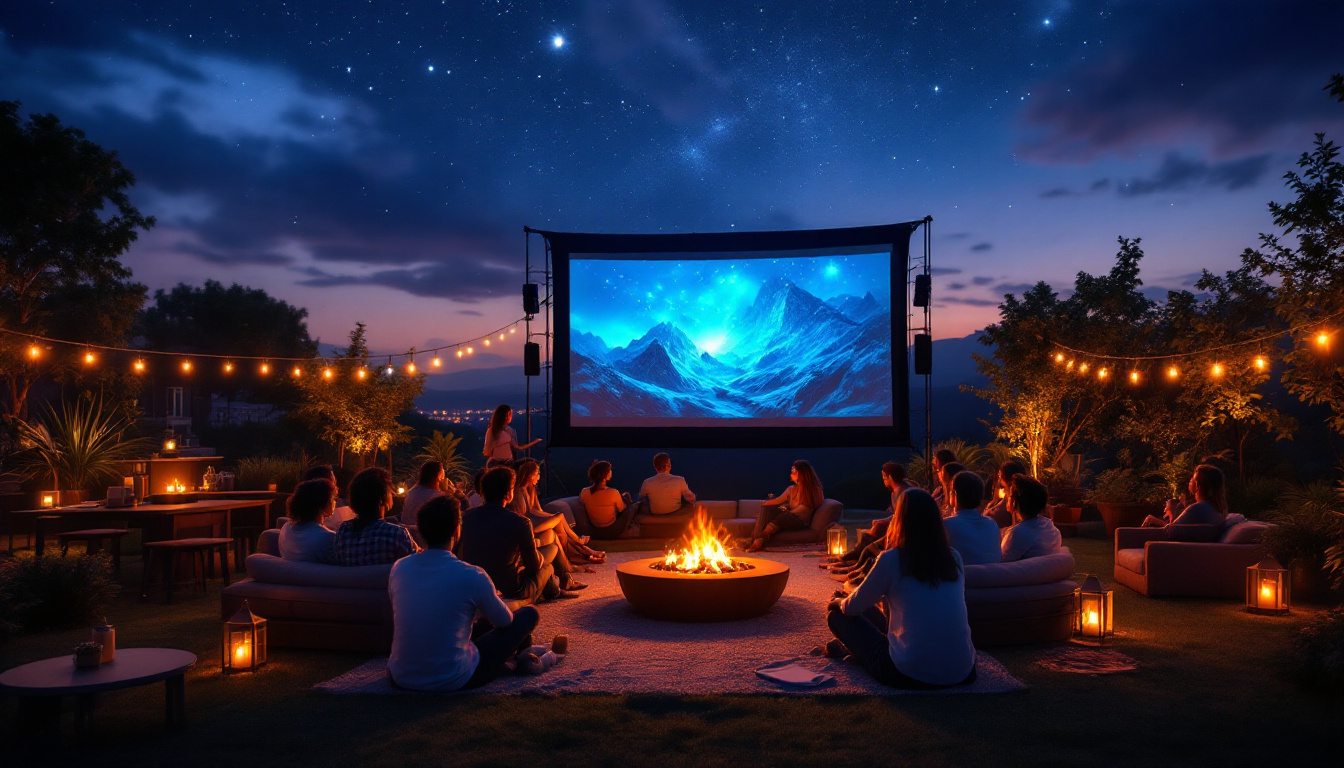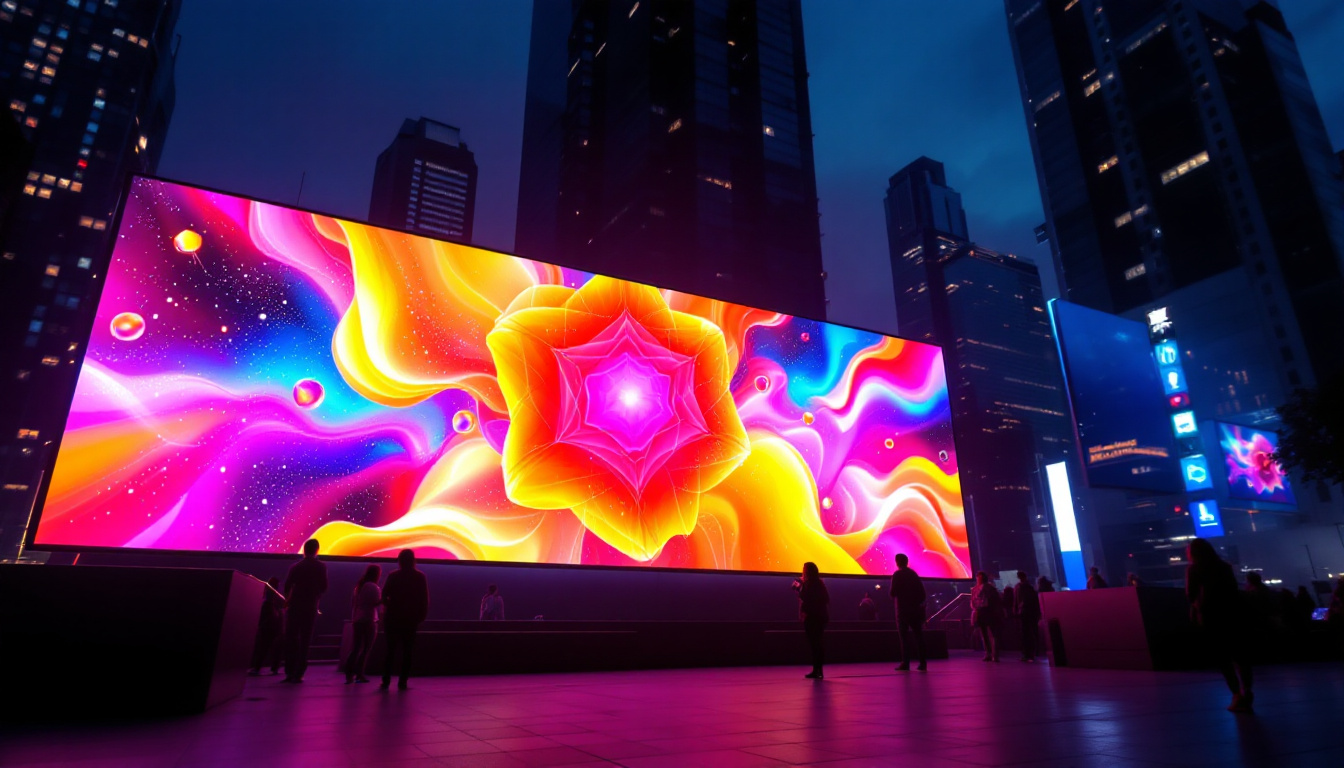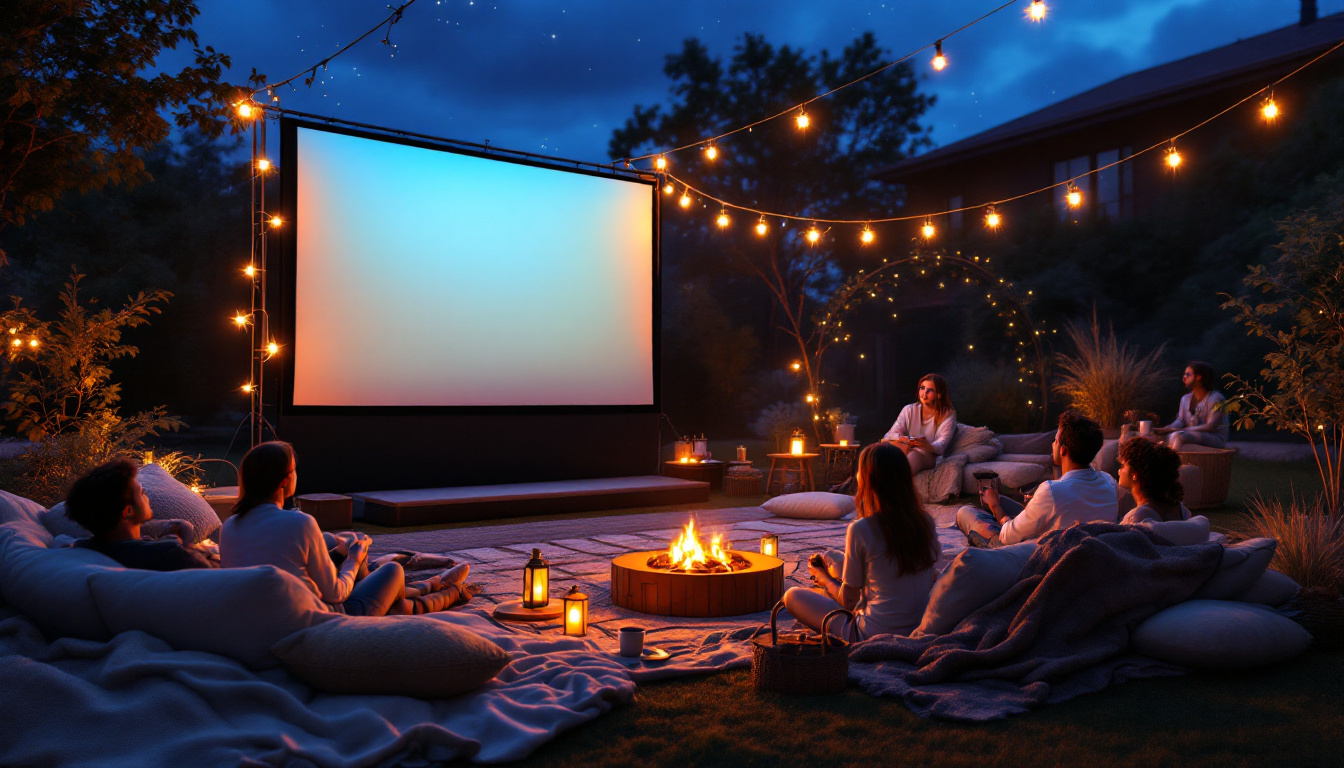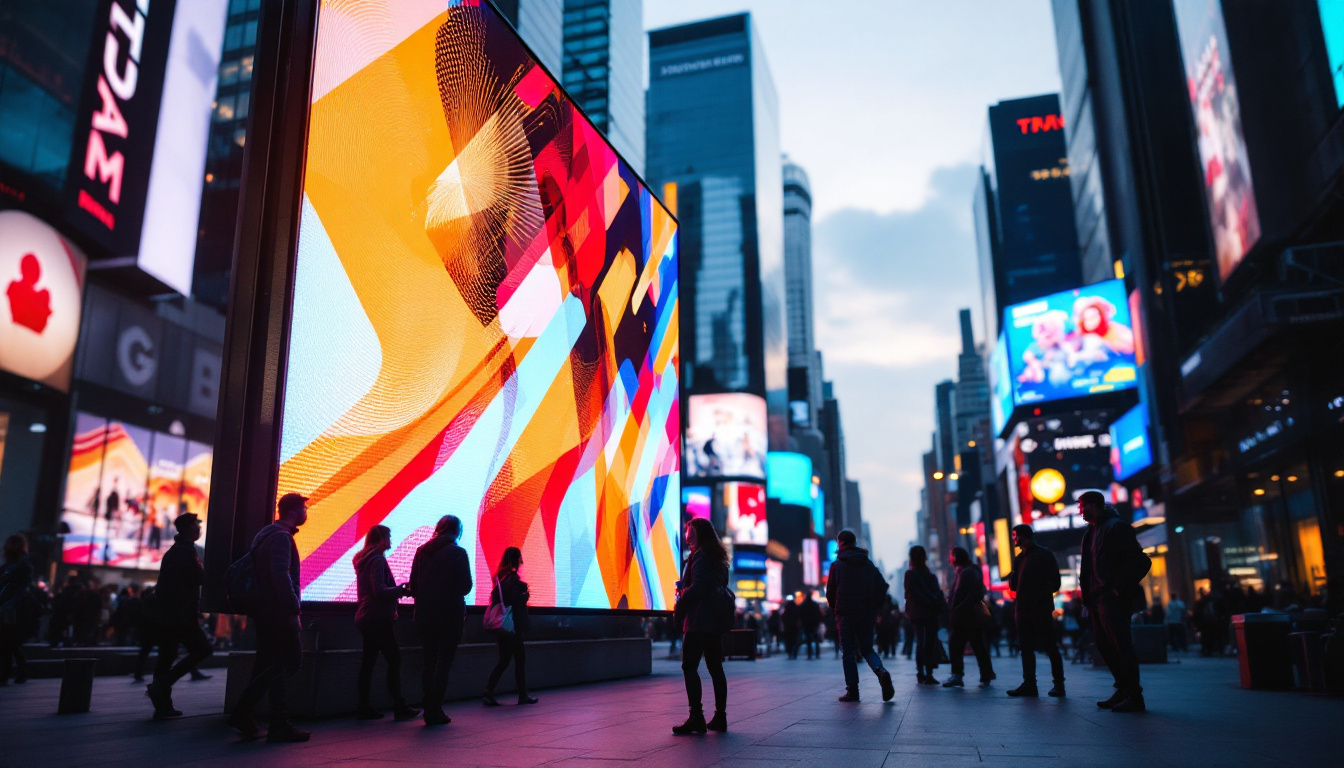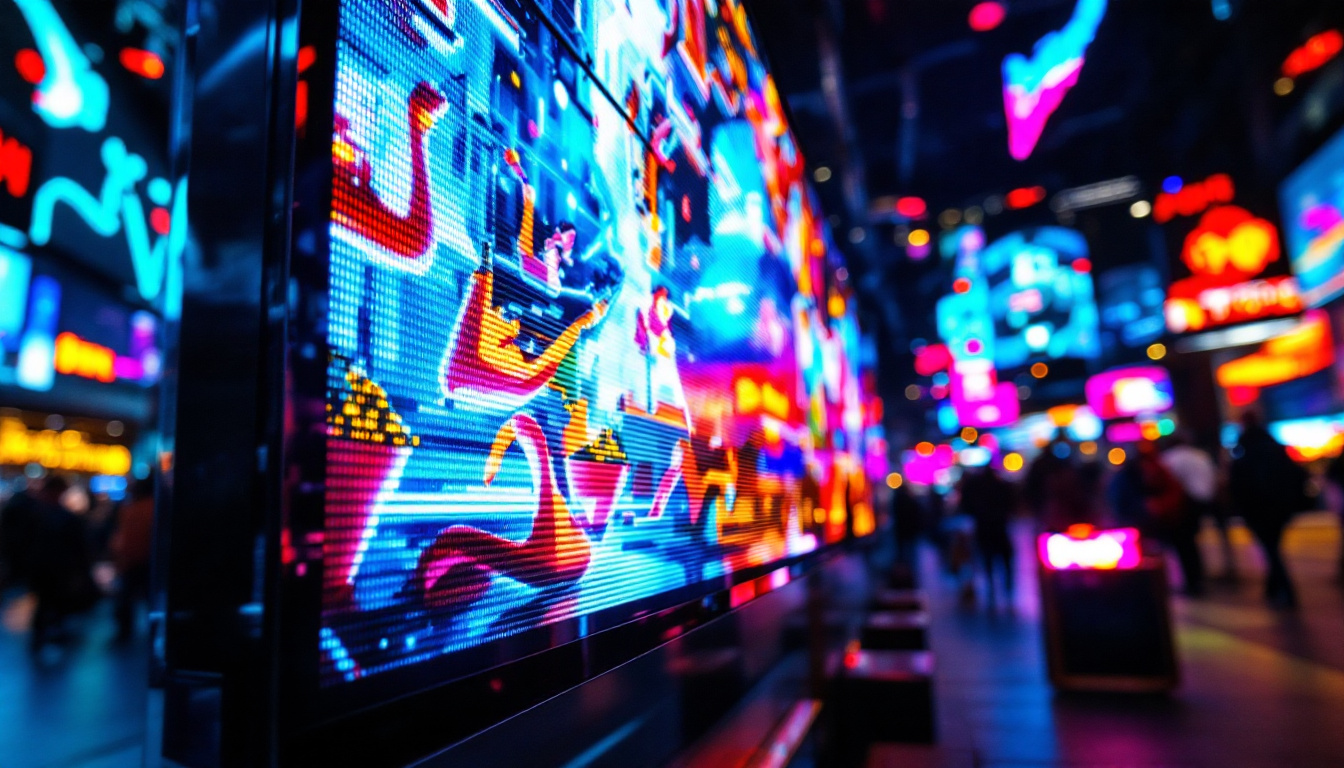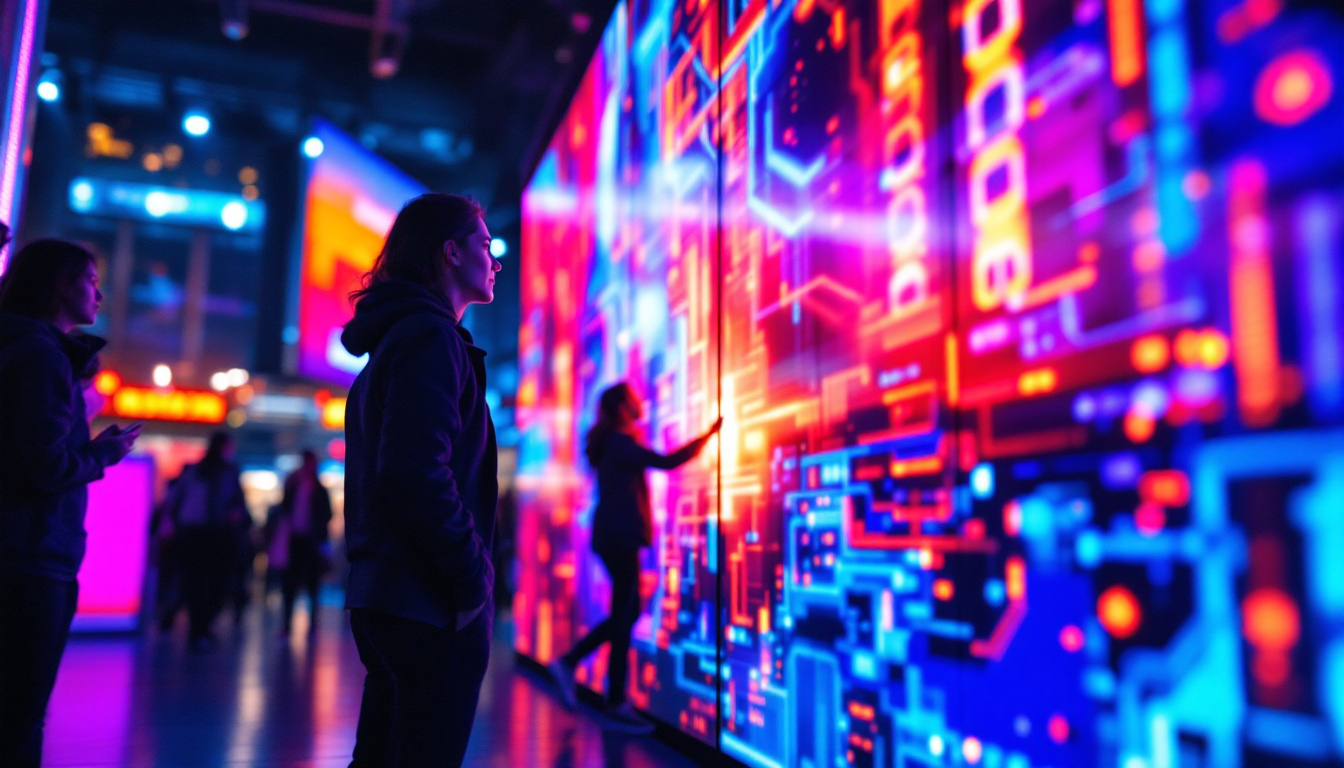What Does LED Stand For: LED Display Explained
In the realm of modern technology, the term “LED” has become ubiquitous, particularly in the context of displays and lighting. But what does LED actually stand for? This article aims to demystify the acronym and delve into the fascinating world of LED displays, exploring their technology, applications, and advantages.
Understanding LED: The Basics
What Does LED Stand For?
LED stands for Light Emitting Diode. It is a semiconductor device that emits light when an electric current passes through it. The principle behind LEDs is relatively straightforward: when electrons move through the semiconductor material, they release energy in the form of photons, which we perceive as light.
The LED technology has evolved significantly since its inception in the early 1960s. Originally, LEDs were used primarily as indicator lights in electronic devices. However, advancements in technology have broadened their applications, making them a popular choice for displays and general lighting. Today, LEDs can be found in everything from household bulbs to large-scale outdoor displays, showcasing their versatility and efficiency.
Moreover, the rise of smart technology has further propelled the use of LEDs, as they can be easily integrated into smart home systems. This allows users to control lighting remotely, set schedules, and even adjust the color of the light to suit their mood or activity. The combination of energy efficiency and adaptability has made LEDs a cornerstone of modern lighting solutions.
The Science Behind LEDs
At the core of an LED is a chip made from a semiconductor material, typically gallium arsenide or gallium phosphide. When the chip is energized, electrons recombine with holes in the semiconductor, releasing energy in the form of light. The color of the emitted light depends on the materials used in the semiconductor and the energy band gap of the material.
LEDs can produce a wide spectrum of colors, from red to blue and even ultraviolet. This versatility has led to their widespread use in various applications, ranging from simple indicator lights to complex displays and lighting systems. For example, RGB LEDs combine red, green, and blue diodes to create a full spectrum of colors, enabling dynamic lighting effects in entertainment venues and architectural installations.
Furthermore, the efficiency of LEDs is noteworthy; they convert a higher percentage of electricity into light compared to traditional incandescent bulbs, which waste a significant amount of energy as heat. This efficiency not only reduces energy consumption but also contributes to lower electricity bills and a smaller carbon footprint, making LEDs an environmentally friendly choice for consumers and businesses alike. As technology continues to advance, we can expect even more innovative applications and improvements in LED technology.
Types of LED Displays
Single Color LED Displays
Single color LED displays are the simplest form of LED technology. These displays typically emit one color of light, often red, green, or blue. They are commonly used in applications such as signage, scoreboards, and simple visual indicators.
These displays are cost-effective and energy-efficient, making them an ideal choice for businesses looking to convey messages or information without the need for complex graphics. The simplicity of single color displays allows for easy integration into various environments, from sports arenas to retail spaces.
RGB LED Displays
RGB LED displays take the concept of single color displays a step further by combining red, green, and blue LEDs to produce a full spectrum of colors. By adjusting the intensity of each color, these displays can create millions of different hues, allowing for vibrant and dynamic visuals.
RGB displays are widely used in televisions, computer monitors, and large-scale video walls. Their ability to produce high-quality images and videos has made them a popular choice for entertainment and advertising industries. The flexibility in color mixing also allows for creative designs and animations, enhancing the viewer’s experience.
Full-Color LED Displays
Full-color LED displays are an advanced form of RGB technology, featuring a higher density of LEDs that can produce even more detailed images. These displays are often used in high-resolution applications, such as digital billboards, concert screens, and large event displays.
One of the key advantages of full-color LED displays is their ability to maintain brightness and clarity even in direct sunlight, making them ideal for outdoor use. The technology behind these displays allows for real-time content updates, enabling businesses to engage customers with dynamic advertisements and information.
Applications of LED Displays
Advertising and Marketing
LED displays have revolutionized the advertising industry. Their bright, eye-catching visuals attract attention and can convey messages quickly and effectively. Businesses use LED screens for digital signage, allowing them to display promotions, announcements, and other information in real-time.
From storefronts to public transportation systems, LED displays are utilized to enhance brand visibility and engage customers. The ability to change content easily means that businesses can adapt their messaging based on time, audience, or current events, maximizing their advertising impact.
Entertainment and Events
In the entertainment industry, LED displays play a crucial role in creating immersive experiences. Concerts, festivals, and sporting events often feature large LED screens that display visuals, live feeds, and graphics, enhancing the overall atmosphere.
These displays can be configured in various shapes and sizes, allowing for creative setups that captivate audiences. The high brightness and contrast of LED technology ensure that visuals remain clear and vibrant, even in large venues.
Architectural and Decorative Lighting
Beyond displays, LED technology has found its way into architectural and decorative lighting. LED strips and panels are used to enhance the aesthetics of buildings, landscapes, and interiors. Their energy efficiency and versatility make them an attractive option for designers and architects.
LED lighting can be programmed to change colors and patterns, allowing for dynamic lighting effects that can transform spaces. This adaptability has made LEDs a popular choice for both residential and commercial applications, from mood lighting in homes to stunning displays on skyscrapers.
Advantages of LED Displays
Energy Efficiency
One of the most significant advantages of LED displays is their energy efficiency. Compared to traditional lighting technologies, LEDs consume significantly less power, resulting in lower energy bills and a reduced carbon footprint. This efficiency is particularly beneficial for large displays that operate continuously.
Moreover, LEDs generate less heat than incandescent or fluorescent lights, which means they require less energy for cooling. This characteristic not only extends the lifespan of the display but also contributes to overall energy savings.
Longevity and Durability
LED displays are known for their longevity. With a lifespan of up to 100,000 hours, LEDs outlast many traditional lighting options. This durability is particularly important for outdoor displays exposed to harsh weather conditions.
Additionally, LED technology is more resistant to shock and vibration, making it suitable for various environments, from bustling urban areas to remote locations. This resilience reduces maintenance costs and the need for frequent replacements, providing a cost-effective solution in the long run.
High-Quality Visuals
LED displays offer superior image quality compared to other display technologies. With high brightness levels, excellent contrast ratios, and vibrant colors, LEDs provide stunning visuals that captivate audiences. This quality is essential for applications where clarity and detail are paramount, such as advertising and entertainment.
The ability to display content in various resolutions, including 4K and beyond, ensures that LED technology remains relevant in an increasingly digital world. As consumer expectations for visual experiences continue to rise, LED displays are well-positioned to meet these demands.
Challenges and Considerations
Initial Costs
While LED displays offer numerous advantages, the initial investment can be a barrier for some businesses. The cost of high-quality LED technology can be significantly higher than traditional display options. However, it is essential to consider the long-term savings associated with energy efficiency and reduced maintenance costs.
Many businesses find that the return on investment justifies the upfront expenditure, especially when considering the enhanced visibility and engagement that LED displays provide. As technology continues to advance, prices are expected to decrease, making LEDs more accessible to a broader range of users.
Color Calibration and Maintenance
Maintaining consistent color quality across LED displays can be challenging. Over time, individual LEDs may degrade at different rates, leading to color discrepancies. Regular calibration is necessary to ensure that displays maintain uniformity in color and brightness.
Additionally, while LEDs are durable, they are not entirely immune to damage. Environmental factors such as moisture, dust, and extreme temperatures can affect performance. Implementing protective measures and conducting routine maintenance can help mitigate these issues and prolong the lifespan of the display.
The Future of LED Displays
Innovations on the Horizon
The future of LED displays is bright, with ongoing innovations poised to enhance their capabilities further. Emerging technologies, such as microLED and organic LED (OLED), promise to deliver even higher resolutions, improved color accuracy, and greater energy efficiency.
MicroLED technology, in particular, is gaining attention for its potential to create ultra-thin displays with exceptional brightness and contrast. This technology could revolutionize everything from smartphones to large-scale video walls, providing users with unparalleled visual experiences.
Integration with Smart Technology
As smart technology continues to permeate various aspects of daily life, the integration of LED displays with IoT (Internet of Things) systems is becoming increasingly common. Smart LED displays can be programmed to respond to environmental conditions, user preferences, and real-time data.
This integration allows for more dynamic and interactive experiences, whether in retail environments, public spaces, or homes. The ability to customize content based on audience engagement and analytics opens up new possibilities for businesses and creators alike.
Conclusion
LED technology has transformed the way we perceive light and visual displays. From its humble beginnings as a simple indicator light to its current status as a cornerstone of modern advertising, entertainment, and architecture, LED technology continues to evolve and innovate.
Understanding what LED stands for and how it works provides valuable insight into its applications and advantages. As technology advances, the potential for LED displays will only grow, paving the way for new opportunities and experiences in the digital age.
Whether for personal use or business applications, embracing LED technology can lead to enhanced visibility, energy efficiency, and engaging visual experiences that captivate audiences and drive success.
Discover LumenMatrix’s Innovative LED Solutions
Ready to elevate your visual display capabilities? LumenMatrix is at the forefront of LED display technology, offering a wide array of solutions that bring your brand to life. From Indoor and Outdoor LED Wall Displays to dynamic Vehicle and Sports LED Displays, our products are designed to captivate and engage. Experience the future of visual communication with our Custom, All-in-One, and Transparent LED Displays, each crafted to deliver unparalleled clarity and impact. Check out LumenMatrix LED Display Solutions today and transform the way you connect with your audience.

